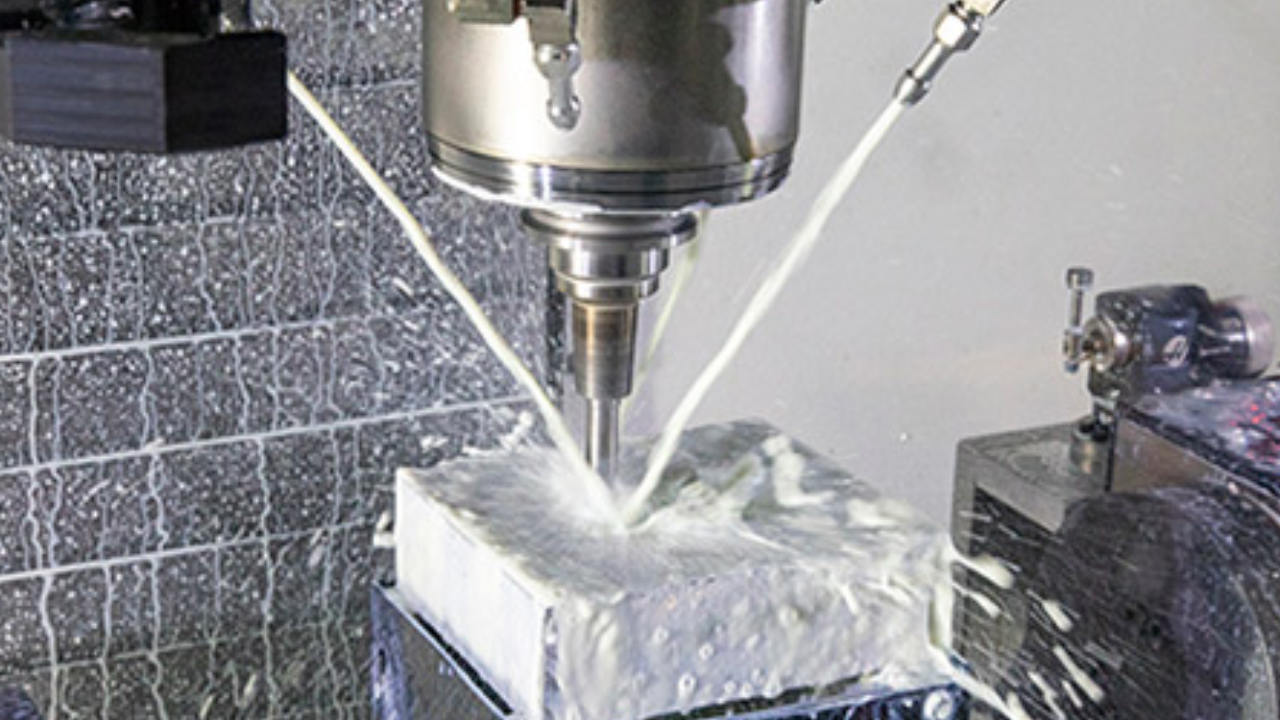Reaction injection molding (RIM) is the process of combining two or more liquid (monomer) components in a specialized mixing head, most frequently a polyol (resin) and an isocyanate (hardener). The combined material is then slowly pumped under low pressure into a mold cavity. Although the mold is usually constructed of two parts, it can also be made of additional portions to accommodate undercuts and increase intricacy.
The liquefied substances undergo an exothermic reaction during and after injection, which may involve degassing or foaming. The mixture then sets up inside the cavity of the mold. The reaction and solidification process proceed rather quickly, with typical cycle periods of 30 to 60 seconds. This article will help you learn about what is reaction injection molding. And what are their common types?
How Long Do Products Made Using Reaction Injection Molding Last?
The functional life expectancies of RIM parts, which are among the strongest plastic components, can be very lengthy. For instance, depending on the airline’s policies, the interiors of commercial aircraft are typically kept in use for 5–15 years. Such interiors typically have visual deterioration but are nonetheless functional for extended periods of time.
What Are The Industrial Applications Of RIM Processes?
Industrial uses for RIM production are numerous and growing. Here are a few instances of automobile instrument panels, door panels, instrument kits, body kits, and spoilers. Electronics: cases, housings, and supporting materials. Marine: seating, storage containers, and engine housings. Medical: components for patient comfort and device housings for equipment. Aerospace: panels, ducting, and interior and external parts.
Types of Reaction Injection Molding
The RIM process comes in two main iterations. Following is a list and discussion of these:
A RIM version known as Structural Reaction Injection Moulding (SRIM) is best suited for creating big, structurally reinforced products with exceptional strength and stiffness. The advantages of RIM, such as design flexibility and affordable tooling, are combined with the capacity to use structural reinforcement materials in SRIM.
The liquid components, which are commonly polyol and isocyanate, are properly metered and blended, just like with RIM. However, in SRIM, the molding cavity is filled with reinforcing materials before it is closed and injected, such as glass fibers, carbon fibers, or other structural enhancers. The remaining stages are essentially the same as RIM.
Advantages of Structural Reaction Injection Molding
SRIM has a number of benefits for part manufacturing. Reinforcing materials are included in SRIM to produce products with improved strength, stiffness, and deformation resistance. The fiber-reinforced polyurethane and the materials that are enclosed have excellent adherence. The structural molding via reaction injection technique may successfully encapsulate even materials that are generally challenging to insert, like fabrics.
Reinforced Reaction Injection Molding (RRIM)
Another RIM variant called (RRIM) uses materials for short-strand reinforcement like carbon fiber and glass fiber that are injected into the mold during the mixing process. By doing this, RIM parts’ Strength, Resilience to Impact, and Durability are improved. In RRIM, glass fibers, mineral fillers, or other reinforcing materials are combined with the liquid components of RIM, which are commonly polyol and isocyanate.
To increase the final part’s mechanical strength and impact resistance, reinforcing chemicals are included in the mixture. Only the material preparation is different from RIM in the process. Like in RIM, the liquid components, polyol, and isocyanate, are precisely measured and combined. To ensure a consistent distribution of the reinforcing elements.
Advantages of Reinforced Reaction Injection Molding
Compared to RIM, RRIM has improved mechanical characteristics, such as greater strength, impact resistance, and stiffness. The same variety of industries and applications as RIM and SRIM utilize the technique, which is typically utilized when increased component resilience, stiffness, or strength is favorable.
Remarks
Molding via reaction injection is the best technique to use to mold different products. Different types of molding via reaction injection have their own features, workings, and uses. For more information on the molding via reaction injection procedure, you can also go to the 3ERP website.
